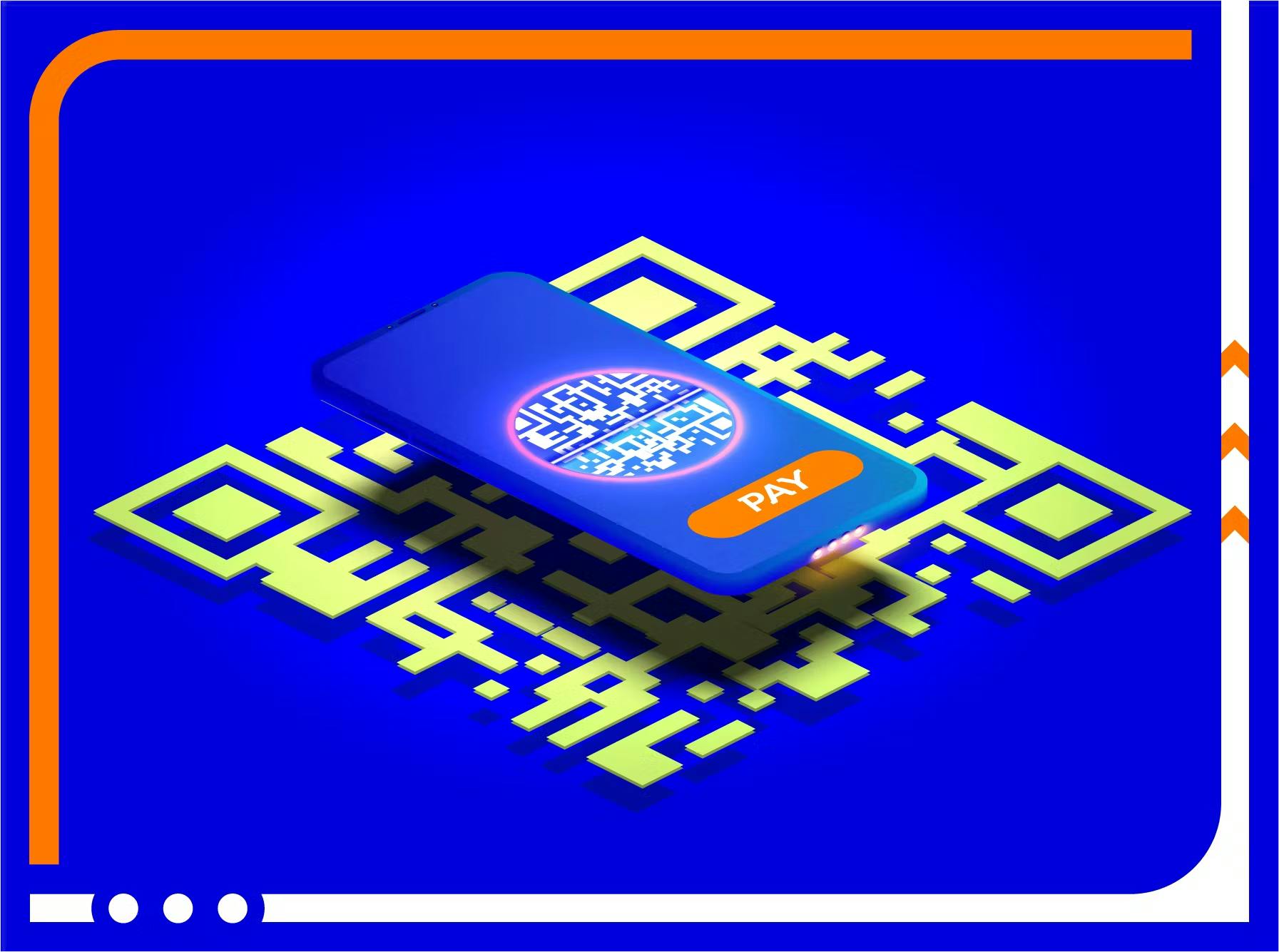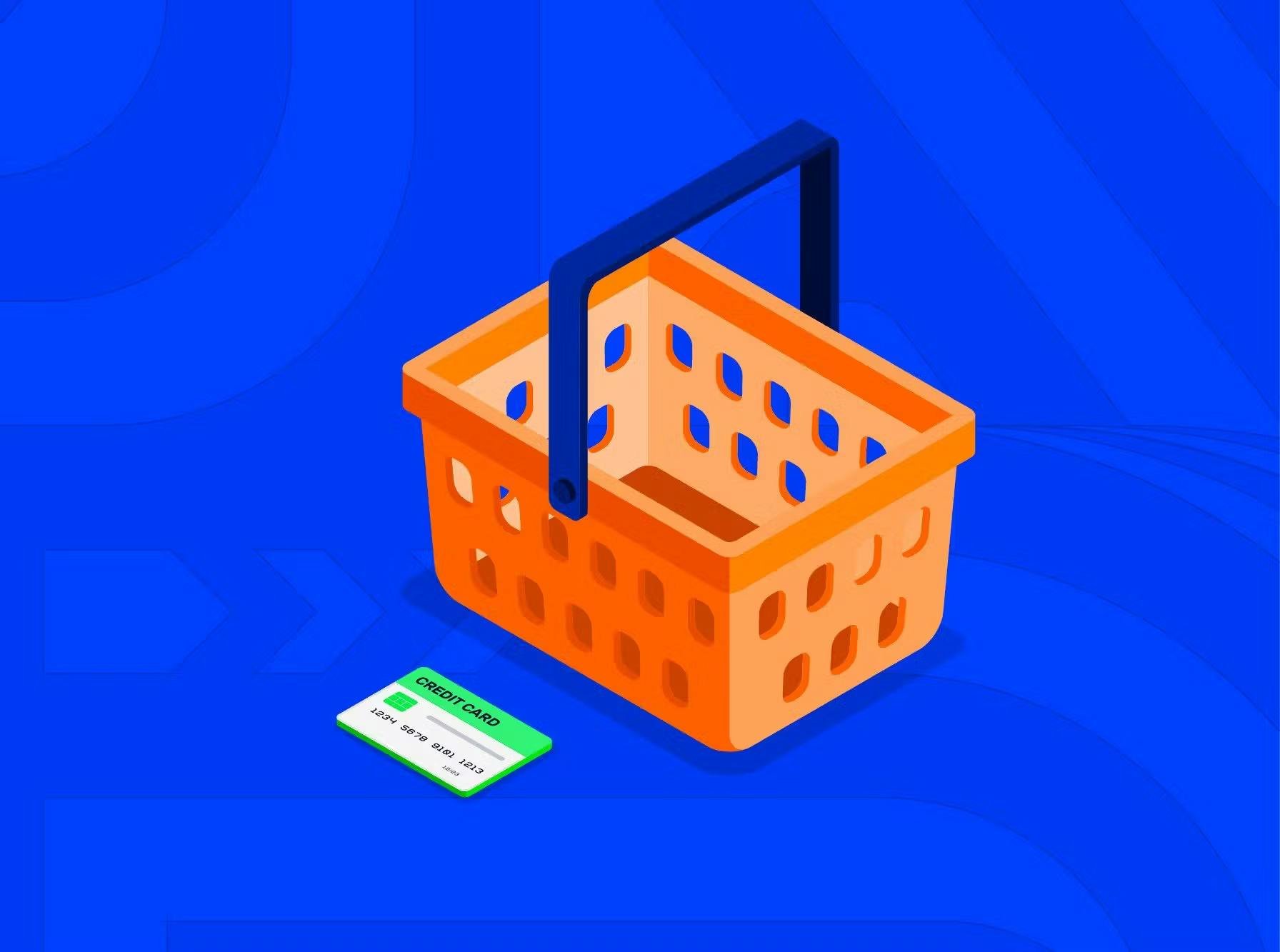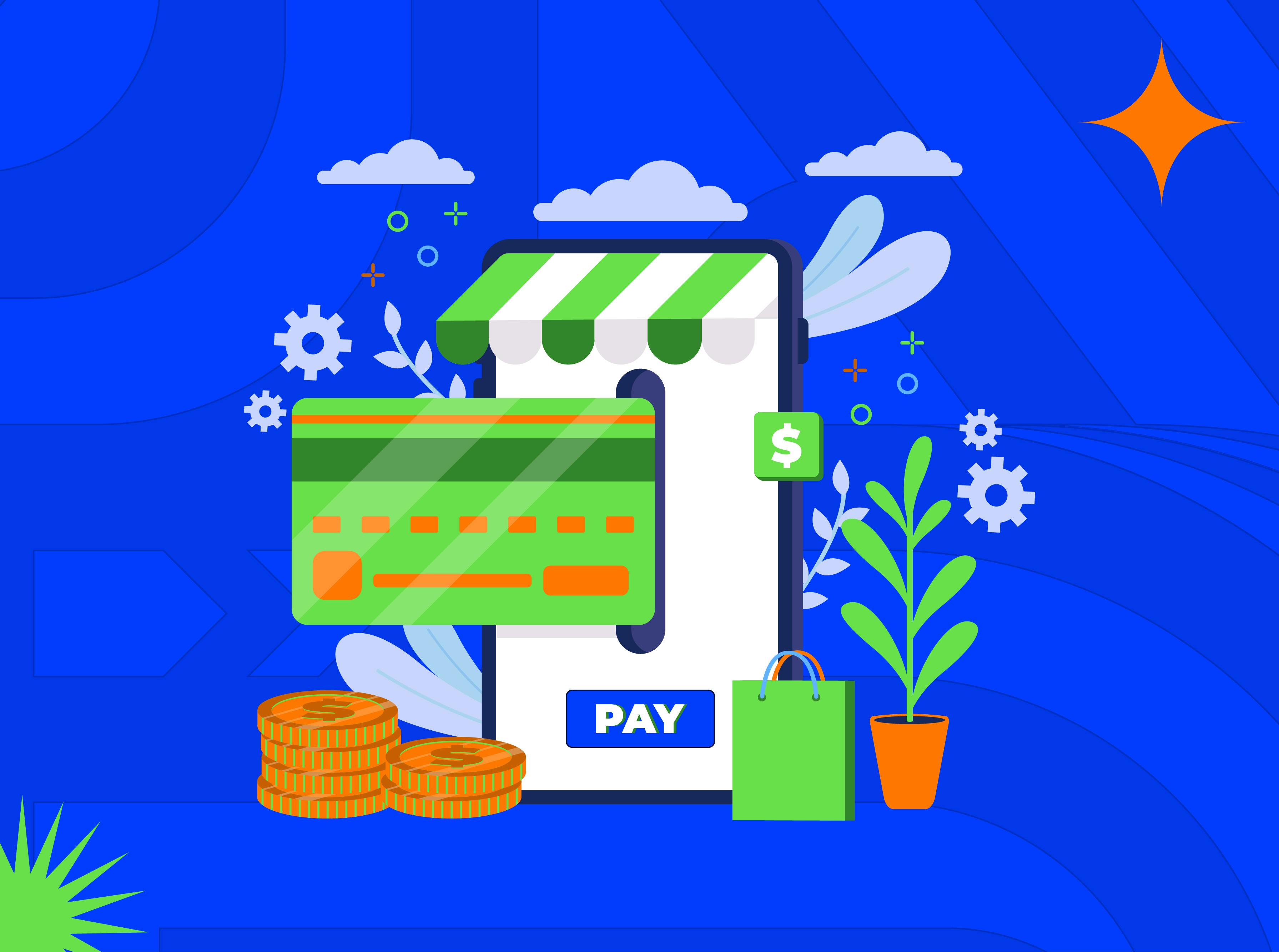A quick response code (QR for short) is a two-dimensional pattern that can be instantly scanned with a smartphone or a tablet. Unlike a linear barcode, it contains much more data and can be read from both a screen and a paper. Besides, the information can be recognised even if the QR code is damaged, which makes it a helping tool for businesses.
2-dimensional codes may be of different designs, but certain elements always look the same. Corner squares, for example, are a fixed pattern. They are responsible for aligning the scanner with the QR code. Nearby grid lines tell the scanner what action is going to be taken: charge money, bring to the website, play a video or display an article. The number of small squares varies depending on the amount of data the QR pattern contains.
Basically, QR is an encoded piece of information that’s either alphabetical, numerical, binary or Kanji. The latter is one of the scripts used in the Japanese language. Why so? Let’s dig deeper into the QR code history.
The modern idea of the QR code dates back to the 1990s when one Japanese guy Masahiro Hara was about to automate and expedite working processes in the Denso Wave company. Driven by the imperfections of the linear barcodes, which were already used at the manufacture but couldn’t store many alphanumeric characters, Masahiro developed the QR code. It quickly became a game-changing invention and levelled up the processes the regular barcode couldn’t manage. Denso Wave workers exploited QR code for car parts production, tracking and delivery.
Soon the technology became widespread among Japanese, and then it got adopted by other nations. The USA, Australia, France, Ukraine, Singapour, Canada and Switzerland are only a few countries where the QR code is an indispensable tool now.
When it comes to payments, merchants prefer things to go off without any hitches. For that reason, QR codes gained momentum in the retail industry. By exploiting checkup squares, sellers ensure cashless payments to their clients without setting up POS-systems. QR codes are also a helpful tool for online merchants because they speed up the checkout process.




 Most Popular Payment Methods in the World: Analysis by Markets
Most Popular Payment Methods in the World: Analysis by Markets How to Increase Conversions in an Online Store with a Checkout Page
How to Increase Conversions in an Online Store with a Checkout Page How Tranzzo Simplified the Payment Process for Tickets.ua
How Tranzzo Simplified the Payment Process for Tickets.ua Integrating Multiple Payment Methods: Challenges and Solutions
Integrating Multiple Payment Methods: Challenges and Solutions Abandoned Shopping Carts: Why Businesses Lose Revenue and How to Increase the Number of Successful Payments
Abandoned Shopping Carts: Why Businesses Lose Revenue and How to Increase the Number of Successful Payments

